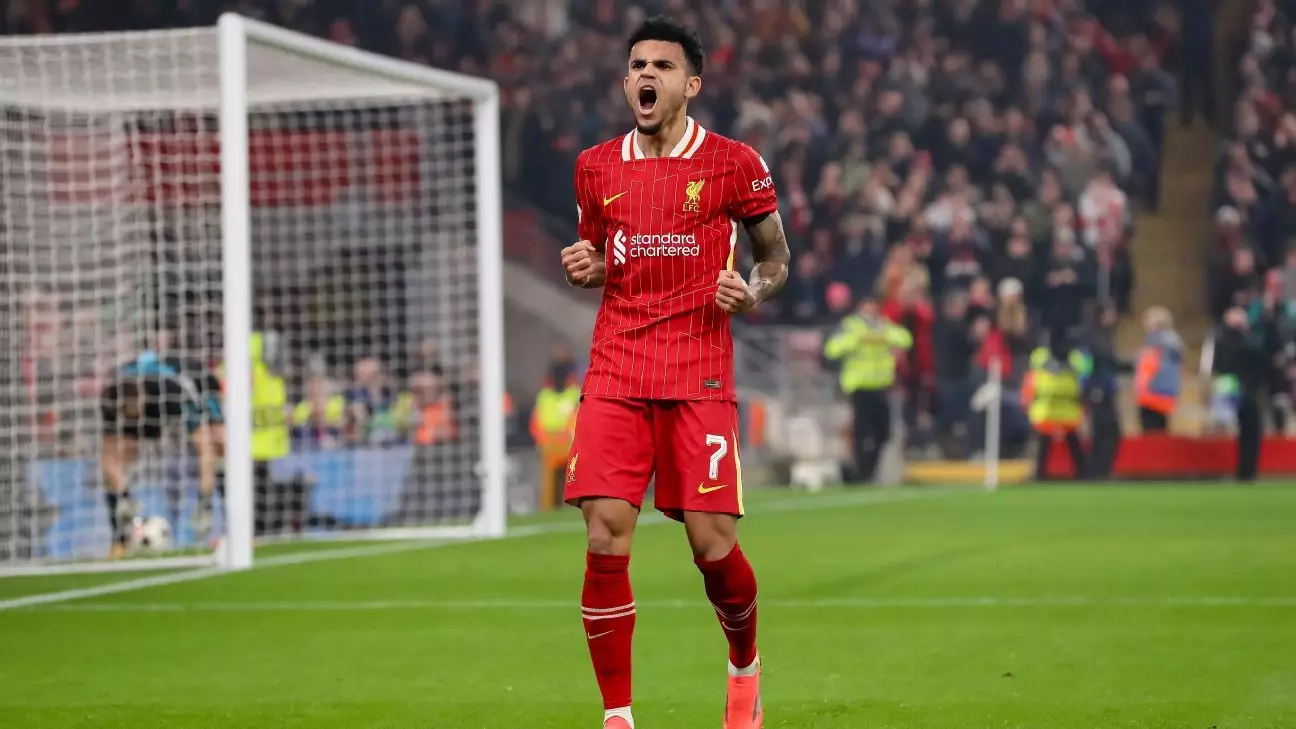The football transfer window is the heartbeat of club strategies, revealing underlying ambitions, financial situations, and strategic planning. With clubs like Barcelona and Manchester City seemingly in a constant pursuit of strengthening their rosters, this period highlights the complexities of modern football. The latest transfer news unveils several intriguing possibilities and the movement of players that has implications for various leagues, particularly in Europe.
Barcelona finds itself in a pivotal moment as it navigates the complexities of finding a new striker. With the astronomical price tag placed on Newcastle’s Alexander Isak, estimated at €100 million, the Catalan club is expanding its horizons. The potential interest in Liverpool’s Luis Díaz and RB Leipzig’s Benjamin Sesko points to a calculated shift in strategy. Both players present interesting options; while Díaz offers versatility and creativity in the attacking third, Sesko represents a younger option with raw potential.
The prospect of triggering Sesko’s €65 million release clause represents a strategic pivot that balances immediate impact with potential future growth. Notably, Barcelona is in the midst of securing Robert Lewandowski’s contract extension until the summer of 2026, which provides critical time for the club to develop a coherent plan for the striker position. However, the question lingers: Can they effectively integrate a new striker without undermining Lewandowski’s contributions, especially as he continues to perform at a high level?
Meanwhile, Manchester City is turning its attention toward Bayer Leverkusen’s Florian Wirtz, a player who has shown remarkable promise at just 21 years of age. The potential for a second approach after previous interest signifies City’s commitment to enhancing their midfield. With Wirtz’s impressive statistics, including 15 goals and 10 assists over 29 matches, he epitomizes the type of dynamic presence that could thrive under Pep Guardiola’s system.
Wirtz’s looming contract extension adds a layer of urgency for City. With a release clause becoming active in 2026, City might need to act fast—or risk losing out on one of Europe’s brightest talents. The complexity of player management and long-term planning emphasizes City’s desire to maintain a balanced squad capable of competing at the highest level across multiple fronts.
As the Premier League clubs set their sights on emerging talent, Atalanta striker Mateo Retegui is capturing significant attention. His strong performance, highlighted by a record of 20 league goals this season, positions him as an attractive option for clubs like Manchester United and Arsenal. His future seems promising as top-tier teams monitor his development, but it raises questions about the sustainability of his performance and the pressures of a high-profile transfer.
The continued interest in young talents like Retegui suggests an evolving focus among clubs, with an increasing preference for younger, less proven players whose market value could inflate significantly. This trend reflects a broader strategy by major teams to invest in future stars rather than settle for established names with hefty price tags.
Football clubs are navigating a precarious financial landscape, frequently influenced by regulations like Financial Fair Play. Barcelona’s newfound compliance, which allows them a greater scope for summer spending, showcases a club managing to regain its footing after previous issues. This scenario contrasts sharply with the financial constraints faced by others, necessitating prudent decision-making and prioritization.
The need for clubs to balance today’s ambitions with tomorrow’s sustainability is clear. For example, while Barcelona casts its net wide for a top-tier striker, they must also consider acquiring additional wide talent and strengthening their defense, indicating the multifaceted nature of transfer planning.
The transfer window serves not only as a time for player movement but also as a reflection of clubs’ broader strategies and philosophies. As teams like Barcelona and Manchester City probe the market for reinforcements, they must balance urgency with foresight. The current landscape is not just about who can spend the most but about who can make the most strategic choices that align with their vision and financial health. As we observe these dynamics unfold, one thing is clear: the road to footballing success is intricately woven with the fabric of smart transfers and astute management.

Leave a Reply